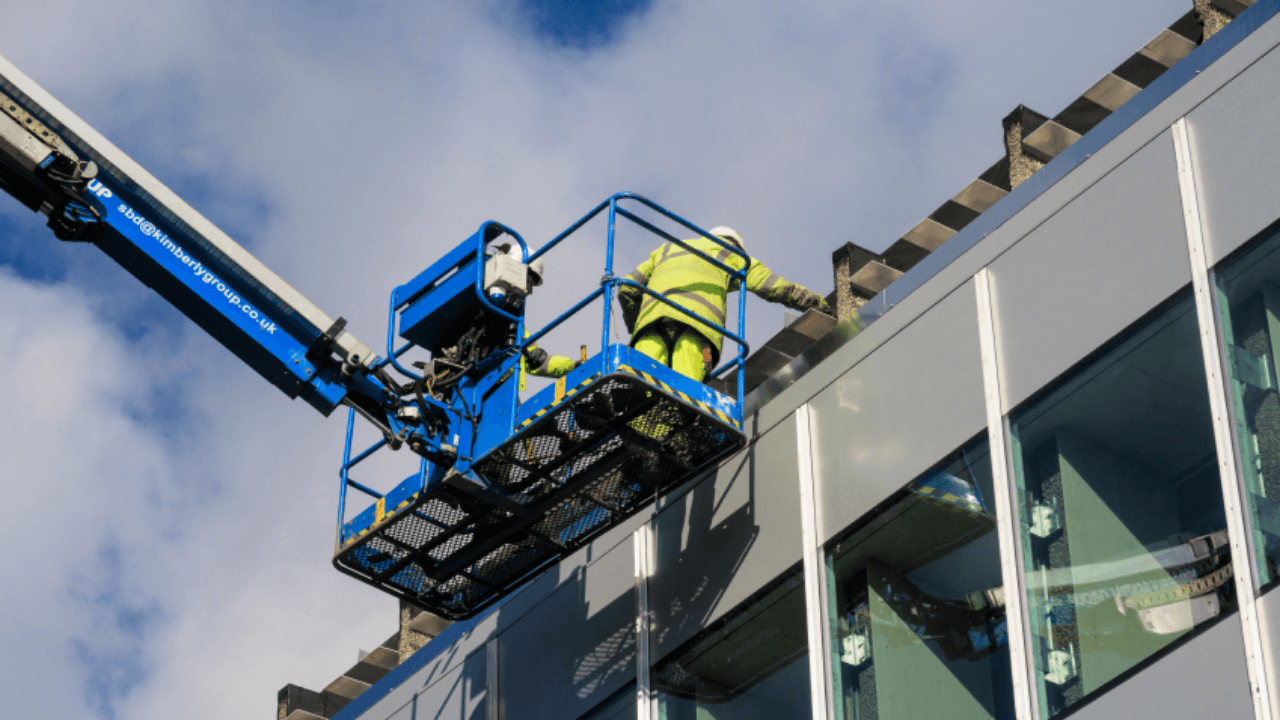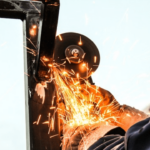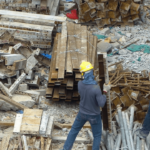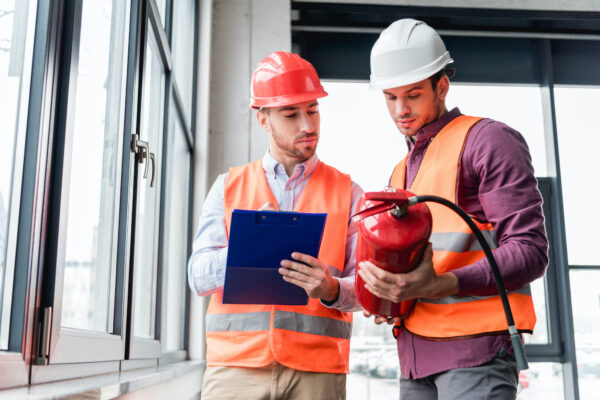Working at Height Risk Assessment
We all know that prevention is far better than cure, and some of the most common risks you can avoid are the ones that occur when working at height. These can be some of the most dangerous, but also preventable, risks. If you’re responsible for health and safety in your workplace, this is one of the key areas you’ll want to focus on.
Working at Height Risk Assessment is all about planning ahead. You can protect your own wellbeing, as well as the people you’re working around by making sure you are aware of the risks, and risk-reducing measures, relating to working at height.
This post will break down what you need to know about Working at Height Risk Assessment, and provide some simple, practical steps to help you stay safe at height.
Why is a Working at Height Risk Assessment necessary?
As an employer, manager, or supervisor, you have a duty of care according the the 2005 Working at Height Regulations to prevent any avoidable harm or damage to the people you work with, by making sure that work is carried out safely with the appropriate equipment, training, and supervision.
As of April 2019, the latest HSE statistics show that between the years of 2017 and 2018, 35 workers died in the UK as a result of an accident occurring while working at height. This is around three accidents per month, up on the year before. The same statistics show there were an additional 44,400 non-fatal accidents during the same time, which puts working at height as the main cause of death in the workplace. On average, around 60% of these accidents involved ladders, working platforms, fragile roofs, and scaffold setups.
Of course, many of these accidents are easily preventable with a bit of due diligence, common sense, and proactiveness when it comes to risk assessment and management, which is why it’s so important to plan ahead to prevent and minimize accidents.
What does a Working at Height Risk Assessment involve?
When the stakes are so high, you just can’t afford not to take these risks seriously. If you’re a director of a business, manager, or a self-employed contractor, it’s essential to do a careful risk assessment before anyone starts working from height.
Of course, working at height can take place in many different forms. It could be stacking shelves in a supermarket, loading stock in a warehouse environment, or working in the endless situations of a construction site. A risk assessment will help you to plan your work processes safely, depending on the specific factors involved in the task at hand. This could include:
- Planning work at height activities around site and weather conditions
- Making sure the work area is safe every time work is to be carried out (including ensuring risk-free passage)
- Making sure equipment is appropriate for the task, well-maintained, and frequently checked
- Putting in controls to prevent materials and people from falling
- Creating safe zones people won’t enter if materials are to fall
- Taking precautions against working on fragile surfaces
- Planning the storage of materials and equipment to remain safe if left at height
- Creating an emergency plan for when something goes wrong (including evacuation and rescue)
Make sure that Working and Height Risk Assessments are carried out by a competent person with skills, training, and experience, so that work is carefully planned, supervised, and carried out.
Reducing the risk of working at height: 3-Step Order of Controls
It’s natural to be worried about the risk involved in working at height, but if you take a calm and responsible approach to planning the work activity, and provide supervision and support for the people working, you can feel confident that height work is being carried out safely and efficiently.
This simple 3-step Order of Controls will help you to prioritize your approach to working at height.
Avoid working at height:
The best way you can manage a risk is by eliminating it entirely. It sounds simple, I know, but if you can, do as much work as possible from the ground. Some practical examples include:
- Using extendable tools from ground level to remove the need to climb a ladder
- Installing cables at ground level
- Lowering things (such as lighting masts) to the ground before working on them
- Assembling edge protection at ground level
- Avoiding working on or near fragile surfaces (which would be fallen through rather than off).
Prevent the risks of working from height:
If you can’t avoid working at height entirely, your next step is to prevent the risk of people or objects falling as much as possible. This can be done in a number of ways, depending on your work context:
- Using existing workplace:
- Working in a safe place with no risk of falling (secure and guarded, non-fragile)
- Preventative measures are already in place (fixed guard rails)
- Using collective equipment:
- External advance guardrails
- Collective protection units (scaffolding, cherry pickers)
- Using Personal Protective Equipment (PPE):
- Belts with short lanyards
- Restricting workers’ movement to mitigate falling.
Minimize the consequences of falls:
In cases where you can’t move the work that’s taking place, you need to ensure you’re proactive in minimising the distance in which someone will fall, or minimising the health dangers in a situation where someone does. How you go about this will depend on the type of work and the resources available:
- Minimize distance:
- Using collective equipment (netting and airbags beneath work area)
- Using PPE (full arrest harness – NB these don’t work at low heights, which is when most falls happen)
- Minimize consequences:
- Using collective equipment (netting and airbags close to ground to soften impact)
- Through training and instruction (before work is carried out).
Bonus Tips: Using ladders and stepladders
Of course, for certain low risk, short-duration tasks, ladders and stepladders are the ideal option. If, when carrying out your risk assessment process, you decide that using a ladder is the best approach, be mindful that you can still further minimise the potential risks involved.
These options include;
- Making sure you use the right type of ladder for the type of job you’re working on
- A correct level of training has been provided or is being used under supervision (no lone workers)
- The ladder and associated equipment has been tested and cleared for being safe
- People working at height are fully competent and mindful of the risks and measures involved when working at height
Whether a ladder is the appropriate equipment for the task at hand is a question to include in your risk assessment. Don’t just grab the ladder and hope for the best – remember to weigh up the situation and plan ahead!
It’s good to be cautious when it comes to working at height, but you don’t need to panic. If you get in the habit of conducting a Working at Height Risk Assessment whenever the need arises, you will be able to plan your work efficiently, including providing the best equipment, training, supervision and care for the people you work with.
How does working at height affect your business? Get in touch for more support.
Comment (1)
Comments are closed.






Daniel Connell
December 4, 2020Great! Thanks a lot for sharing this information to us. It is important that workers undergo height safety training Mackay to have training and be aware of the danger that may happen at work.